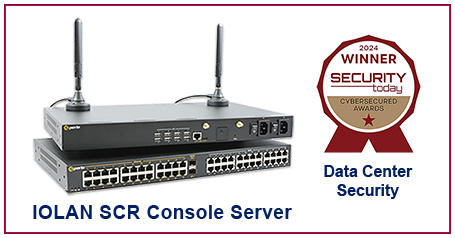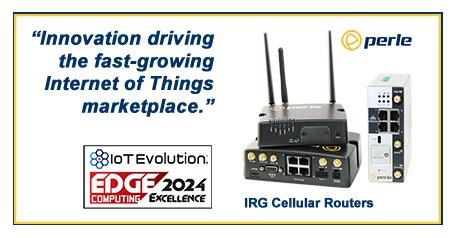
Strategic cabling deployment an essential component in security systems
By Donna DonnawitzAugust 19, 2013
Perle has an extensive range of Managed and Unmanaged Fiber Media Converters to extended copper-based Ethernet equipment over a fiber optic link, multimode to multimode and multimode to single mode fiber up to 160km.



